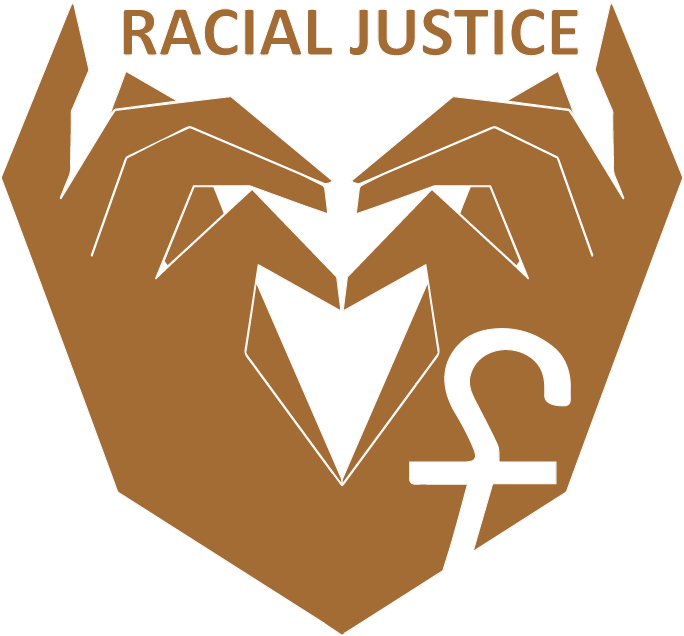The Holy Spirit – First Sunday after Pentecost
Good Shepherd Lutheran Church
Decorah, Iowa
Martin Klammer, Guest Preacher
Today is Holy Trinity Sunday, when we celebrate the Christian belief in the unity of the Father, Son, and Holy Spirit as one God in three persons. It’s a central part of the Christian faith, but frankly it’s not a concept that many people understand—myself included.
There’s a story about a religion class where the teacher asked if anyone could explain the Trinity. Sev- eral students raised their hands. After each student spoke, the teacher said, “Wrong, that’s heresy, next.” Finally, the teacher said to the class: “Your wrong answers have made my point: It’s impossible to explain the Trinity without getting it wrong.”
Where did this core belief of Christianity come from? To what extent and in what ways can we under- stand it? And, finally, what does it mean for us as a community of believers?
To begin with, it’s interesting that the word Trinity does not appear in the Bible. There are, though, six references in the New Testament to a threefold God. Perhaps the most important one is at the end of the gospel of Matthew where Jesus tells the disciples: “Go therefore and make disciples of all nations, baptizing them in the name of the Father and of the Son and of the Holy Spirit.”
But how God could be both three beings yet one God was not something the New Testament authors concerned themselves with. Our reading from today’s gospel suggests a Triune God:
- Jesus tells Nicodemus “You must be born from above,” suggesting a parent
- Jesus also speaks of being “born of water and the Spirit.”
- The story then goes on to include Jesus’s memorable words in John 3:16: “For God so loved the world that he gave his only Son.”
So, here are the three “persons” of God—Father, Son, and Holy Spirit. But nowhere in John or any- where in the New Testament do we find an explanation of how God is both three and one at the same time.
The doctrine of the Trinity actually developed in the first few hundred years of the early church. Early church leaders had to make sense of the fact that Christians worshipped Jesus Christ as divine but also continued to believe there is one God. God the Father and God the Son—yet only one God? How could this be?
The doctrine of the Trinity was in fact triggered by a heresy. A priest in the 4th century named Arius taught that although Jesus was divine, he did not always exist but was begotten in time by God the Father—that is, Jesus was not eternal along with God the Father. Arius was excommunicated for spreading this idea, but many bishops followed his views, so the Emperor Constantine called the Council of Nicaea in the hope of ending the controversy. Arius was condemned, and Jesus as the Son of God was declared to be “of the same substance” with the Father. That’s how it came to be that we confess the Nicene Creed:
We believe in one Lord, Jesus Christ, the only Son of God, eternally begotten of the Father, God from God, Light from Light, true God from true God, begotten, not made, of one Being with the Father . . .
From the belief that Jesus was divine and eternal, it was just a short step to assert that the Holy Spirit was also divine and eternal. So, by the end of the 4th century, the doctrine of the Trinity was fully
established: God is one substance and three Persons: Father, Son, and Holy Spirit. It’s interesting, isn’t it, that while Christians believe in an eternal Holy Trinity, the belief itself was established after the time of Jesus on earth.
But what does it actually mean that God is one substance and three persons? The church has tried various ways to explain the mystery of the Holy Trinity. The three-person God has been likened to:
- a triangle
- or a three-leaf clover,
- or a three-note musical chord.
Some try to explain the idea of the Trinity by comparing it to three forms of water—ice, liquid, or steam. My own experience of trying to understand the Trinity goes back to the conservative Lutheran church I grew up in. On Holy Trinity Sunday we extra devout Lutherans recited the Athanasian Creed. The Athanasian Creed was composed in the 5th century to clarify the doctrine of the Trinity. It is rarely recited, and for good reason: it’s six times as long as the Apostles’ Creed. I remember as a child wondering if it would ever end. Part of it goes like this:
The catholic [or universal] faith is this: That we worship one God in Trinity, and Trinity in Unity; neither confounding the Persons, nor dividing the Essence. For there is one Person of the Father; another of the Son; and another of the Holy Ghost . . . The Father eternal; the Son eternal; and the Holy Ghost eternal. And yet they are not three eternals; but one eternal . . . So likewise the Father is God; the Son is God; and the Holy Ghost is God. And yet they are not three Gods; but one God.
It goes on like this for several minutes. The repetition helped it sink in, but I’m not sure the
Athanasian creed ever helped me understand the Trinity. In any case, though I know we are saved by grace through faith and not by works, I can’t help thinking that if you’ve recited the Athanasian Creed a few times in life you might earn some extra credit points when you get to heaven.
Ultimately, the Holy Trinity is a mystery which perhaps cannot be fully explained or understood. In the classic African novel Things Fall Apart by Chinua Achebe, British missionaries come to the Ibo people in Nigeria, bringing with them the message of the Christian faith. Achebe writes:
There was a young lad who was captivated [by the missionaries]. His name was Nwoye . . . It was not the mad logic of the Trinity that captivated Nwoye. He did not understand it. It was the poetry of the new religion, something felt in the marrow . . . He felt a relief within [him] as the hymn [they sang] poured into his parched soul. The words of the hymn were like the drops of frozen rain melt- ing on the dry palate of the panting earth.
Perhaps we are not meant to comprehend every aspect of our faith. In today’s gospel, Jesus tells Nicodemus about the action of the Holy Spirit. Jesus says: “The wind blows where it chooses, and you hear the sound of it, but you do not know where it comes from or where it goes. So it is with every- one who is born of the Spirit.”
Jesus is playing on the Greek word pneuma, which means both wind and spirit. Although we can see the effects of the wind, or of the Spirit, we cannot see what causes these effects. There is something mysterious about it. Likewise, with the Holy Trinity. We cannot fully comprehend the mystery of one God in three persons, but we can see and feel the presence of God in various ways:
God the Father is God over us, the Creator and who is beyond human understanding.
God the Son is God with us, through Jesus Christ who entered our human world.
God the Holy Spirit is God in us, the living force of God in our lives and in the world. The Holy Spirit inspires us, brings us to a new life, and gives us strength in times of difficulty.
How might we best understand the meaning of the Trinity for how we live our lives as Christians? I once heard a sermon in which the pastor compared the Trinity to a family. The Trinity is a family of three equals—Father, Son, and Holy Spirit—who share one, eternal life.
If God in three persons is like a family, are we not a family too? For we are made in the image of God. As Christians we are a family of individual persons who share one life—called to love one another and to serve the world as the image of God. We are, each of us, unique individuals, but we live within the family of faith, stronger together than we ever could be apart. Living as such, we emulate and honor the family of the Triune God.
May we open ourselves to live in the image of God and in the Spirit of family, now and always.
Amen.



